Embarking on a weight-loss diet often involves prioritizing weight loss foods. However, not all foods labeled as “healthy” align with your weight loss goals. Some can stealthily hinder your progress, leading to frustration and confusion. In this article, we’ll explore how certain “healthy” foods can disrupt your diet and what to consider when creating a weight-loss diet plan.
The Sodium Trap: Processed Foods Masquerading as Healthy
In today’s fast-paced world, convenience is often considered when making food choices. Unsurprisingly, the aisles of your local grocery store are lined with “healthy options that promise to fit perfectly into your weight loss diet. However, lurking beneath the faux health halos of items like veggie chips and canned soups is a sneaky element that could derail your weight loss journey – sodium.
Have you ever noticed your jeans seem a tad snug after a weekend of quick meals and snacks? You might be experiencing water retention thanks to high sodium intake. According to the American Heart Association, over 70% of our sodium is hidden in processed and packaged foods, surpassing the recommended 2,300 milligrams daily. Suddenly, that can of “low-fat” soup doesn’t sound too comforting.
Veggie chips are an excellent example of how illusion and reality differ drastically in the realm of weight loss nutrition. They might sound like a nourishing alternative to potato chips, but often, they contain just as much sodium. One popular brand contains a staggering 220 milligrams per serving, which is nearly 10% of your daily intake, and that’s just a handful!
The sodium trap is real, but don’t hang up your weight loss motivation just yet. A few small changes can help you dodge the sodium bullet. Begin by meticulously reading food labels, focusing on sodium per serving. It may sound tedious, but consider it akin to deciphering a secret code – one that might just lead you to the treasure of effective weight loss.
Moreover, shifting your focus to fresh, whole foods over their canned counterparts can dramatically reduce sodium intake. For instance, a homemade veggie soup can be just as tasty and far more fulfilling without the added salt. It’s like transforming your kitchen into a five-star weight loss program central. As the proverbial saying goes:
“Fresh is best when sodium’s the guest.”
Remember, prioritizing natural ingredients over processed ones fosters healthy weight loss and supports sustainable weight loss practices. Your body will thank you for paving the way with nature’s bounty rather than the salty seas of processed foods. It’s about making a switch, not a sacrifice!
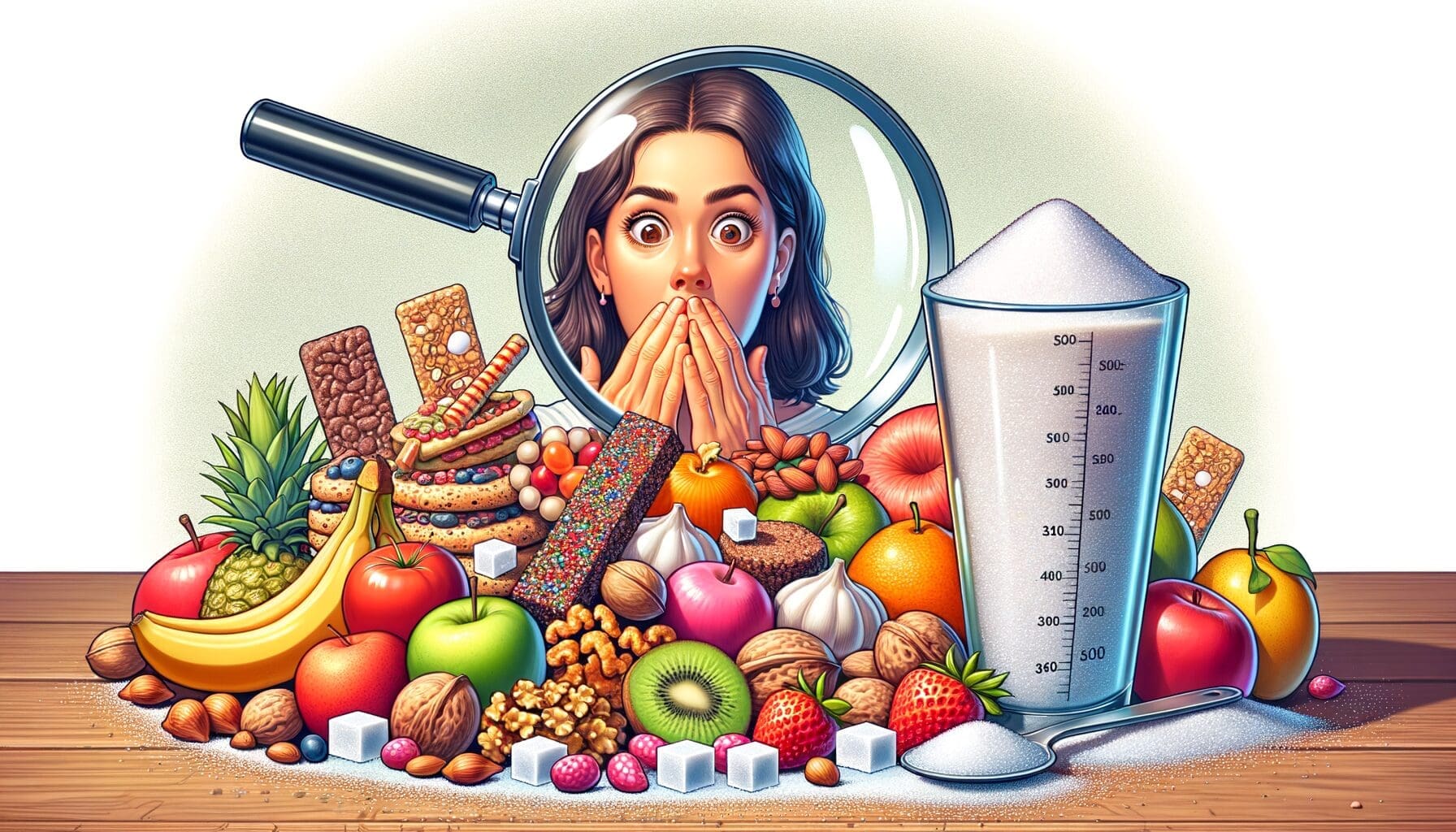
The Sugar Concealed in “Healthy” Snacks
As you embark on your weight loss journey, you might reach for a granola bar or a cup of flavored yogurt, thinking they’re your new best friends. Unfortunately, these seemingly innocent snacks often harbor a not-so-sweet secret: sugar, and lots of it!
While they might strut around the supermarket aisles wearing a “healthy” badge, granola bars can pack up to 20 grams of sugar per serving, which is about five teaspoons. According to the American Heart Association, the recommended daily sugar intake is no more than 36 grams (or about nine teaspoons) for men and 25 grams (about six teaspoons) for women. So, a single granola bar alone could send you spiraling into a sugar-induced warp zone.
“The problem with labels that say ‘healthy’ or ‘low-fat,’” notes Dr. Robert Lustig, a leading expert in sugar metabolism, “is the misconceived notion that these foods are good for you when in fact, they contain added sugars in forms that our bodies aren’t adept at processing.”
Let’s talk about flavored yogurts, those slippery impostors, adding more drama to the plot! They can contain around 19 grams of sugar per 6-ounce serving. That’s the same amount in half a can of soda! And while they might taste like a dream, the sugar content is pretty much a nightmare for anyone charting their weight loss goals. The influx of sugar spikes insulin levels, wreaking havoc on your metabolic rate and causing your body to start storing, rather than burning, fat. In short, your dedicated weight-loss diet is an unintentional recipe for setbacks.
To keep your weight loss nutrition on track, try switching to snacks with more transparency! Fruits, raw nuts, or a simple Greek yogurt could reduce your sugar intake while keeping you satisfied. By choosing snacks in their natural form, you can avoid a glucose rollercoaster and maintain a balanced diet, leaving you ready to tackle those weight management challenges with gusto.
Remember, making informed choices is key to ending your weight loss journey with a happily-ever-after. So, the next time you reach for a so-called “healthy” snack, remember to read the label carefully or your weight loss goals might just go up in sugar-coated smoke!
Beware of Caloric Density in Nuts and Seeds
Nuts and seeds: Nature’s perfectly packaged snacks are akin to the wolf in sheep’s clothing when it comes to your weight loss diet. While they may come dressed as healthy weight loss allies, they pack quite a punch in the calorie department. Don’t get us wrong—these little powerhouses are nutrient-dense and brimming with healthy fats, fiber, and protein. However, it’s crucial to approach them with caution and a measuring cup.
Did you know that a mere handful of almonds, about 23 nuts, can contain around 162 calories? Sure, they’re excellent for a quick nutritional fix, but pop a few handfuls mindlessly, and suddenly, you’ve consumed more calories than a small dinner. According to the USDA, an ounce of walnuts packs 185 calories. This caloric density can quickly imbalance your weight loss meal plan, potentially derailing your weight loss goals.
The issue lies not in the nuts, as they are loaded with beneficial nutrients, but in our inability to stop munching them in justifiable quantities. As the old saying goes, “A moment on the lips, forever on the hips.” Portion control, therefore, becomes the key to enjoying these crunchy delights without exceeding your caloric targets. Lisa Young, Ph.D., R.D., once stressed in her book The Portion Teller Plan,
“It’s all about the portion size. Nuts are healthy, but they are not free for all.”
To incorporate nuts and seeds effectively in your diet for weight loss, consider decanting them into small, controlled portions rather than eating directly from the bag. The visual cue of a designated amount can save you from caloric overload and step one paw away from adding another ‘weight loss journey’ chapter in your diary.
Remember, even though they’re small, nuts know how to take up space in your daily calorie intake. Embrace their goodness, but with the restraint of a wise caloric accountant—a handful a day keeps the calorie monster at bay!
Fruit Juices: Not as Innocent as They Seem
When selecting weight loss foods for your weight loss diet, fruit juices wear a misleadingly healthy halo. Sure, they flaunt their vitamin content like an overachieving student, but peel away the innocent facade, and you’ll find they’re not quite the classmates you want in your diet plan for weight loss. Let’s summarize: While fruit juices are loaded with vitamins, they are strikingly void of fiber. According to the USDA, the average glass of orange juice contains about 21 grams of sugar, akin to sipping on a soft drink disguised as a citrus princess. This lack of fiber—nature’s own little stomach sponge—means your digestive system doesn’t receive the support it needs to keep you feeling full.
Talking about Drinks and Juices
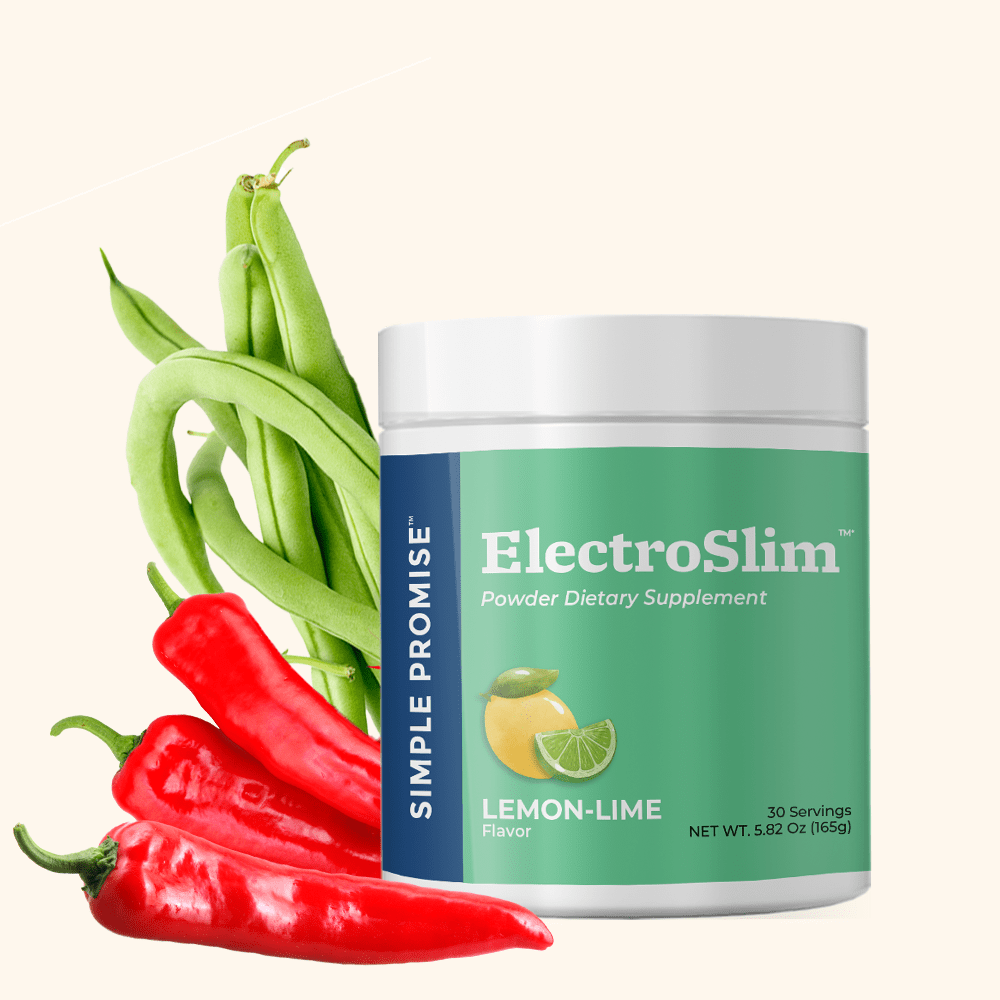
You Must Try ElectroSlim
- This a refreshing and beneficial drink!
- ElectroSlim is an excellent option for those looking to support their weight management goals while staying hydrated.
- It is sugar-free, a plus for many people looking to maintain a healthy lifestyle.
- ElectroSlim provides key nutrients that are often lacking in our modern diets.
Instead of going for that glass of apple juice, consider reaching for the apple itself! Whole fruits come packed with fiber, which aids digestion and helps stave off those pesky cravings. Harvard Health Publishing notes that fiber helps improve satiety, meaning you feel fuller for longer, giving you the power to swat away unnecessary snacking like a calorie-conscious ninja warrior. Here’s a fun nugget: a medium apple not only contains about 4 grams of fiber but also takes more effort to chew, giving your brain enough time to register fullness before you end up in the “I can’t believe I ate the whole pie” dilemma.
“It’s not what you eat that kills you. It’s what you don’t digest.” — Josh Billings
Navigating weight loss foods nutrition effectively often means discerning between genuinely beneficial weight loss foods and those deceptive liquid calories frolicking as ‘healthy’ options. So, if you’re aiming for sustainable weight loss while concocting your personalized weight loss meal plan, remember: when it comes to fruit, chewing is way more satisfying than sipping!
The Misleading Halo of Low-Fat Labels
In the quest for the best weight loss diet, many stumble over the comforting embrace of low-fat labels. After all, the promise of low-fat yogurt or chips whispering sweet nothings about shedding pounds faster sounded like a dream! However, the reality is often sprinkled with a bit of a nutritional nightmare.
Here’s the catch: low-fat versions often wave goodbye to the fat only to welcome sugar and additives with open arms. Think of it this way—if they were a character in a sitcom, low-fat weight loss foods would be the sneaky neighbor who steals your Wi-Fi while promising to water your plants. These additives, including sugar, are primarily incorporated to enhance the taste that the absence of fat seems to steal away. Some low-fat foods contain up to 15% more sugar than their full-fat counterparts, which is as counterproductive to a diet for weight loss as running a marathon with the shoelaces tied together!
Experts suggest embracing whole foods and healthy fats as an effective weight loss alternative. Dr. David Ludwig, a nutrition expert at Harvard T.H. Chan School of Public Health, wisely advises,
“By choosing real foods, we can experience foods as they’re supposed to be—and be much more satisfied.”
Opt for avocados, nuts, and olive oil. These options support weight loss nutrition by making you feel satisfied and full, reducing the chances of reaching for that extra low-fat cookie. The shift from low-fat labels to whole fats is more than a diet strategy; it’s a paradigm of returning to nature’s intended nutrition, fostering sustainable weight loss rather than temporary fixes.
So, when you’re about to reach out for that low-fat weight loss foods miracle on the shelf, remember: sometimes, the real miracle is in the whole, wholesome choices you make!
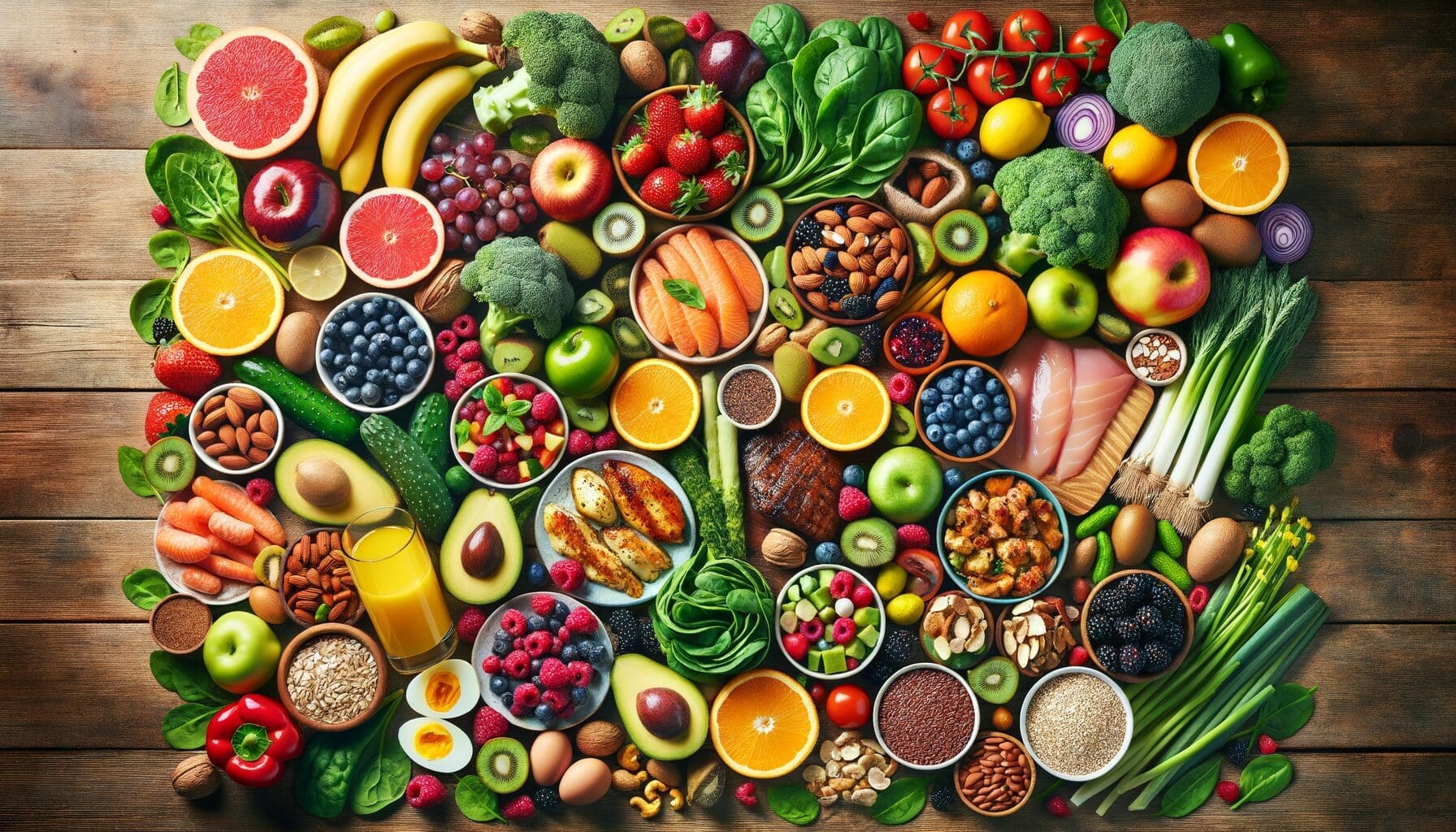
How to Choose Truly Effective Weight Loss Foods
Embarking on a weight loss journey can often feel like navigating a culinaryfield. With so many weight loss foods masquerading as the proverbial wolf in sheep’s clothing, it’s to focus on whole, minimally processed foods that are nutrient-rich. Ditch the fad diets and fake health foods—you know, the ones with labels longer than a Tolstoy novel—and center your weight loss program on truly effective weight loss foods. But what makes a food truly effective, you ask?
First, let’s set the record straight: effective weight loss foods don’t come with magic capes or secret potions. They offer a balanced mix of protein, healthy fats, and complex carbohydrates. Think grilled chicken, quinoa, and the daily avocado selfie on Instagram. These foods are like the superhero trio of the dieting world, fighting off those late-night chip cravings one calorie at a time.
Why is this balance so essential? Well, consider this: a research article published in the Journal of Nutrition highlighted that diets rich in whole foods decrease overall calorie intake by around 500 calories per day, compared to the consumption of ultra-processed alternatives. That’s a daily donut minus the guilt trip!
Additionally, here’s a fun fact: a high protein diet can boost metabolism by 20-30%, compared to 5-10% for carbs and 0-3% for fats (Healthline). So, upgrade your weight loss meal plan with legumes, tofu, or even the occasional lean steak—if moo-ing isn’t off your ethical menu.
It’s also worth noting that healthy fats are your friends. Yes, you heard that right—avocados, nuts, and olive oil deserve a starring role in your weight loss nutrition script. They help keep you full, satisfied, and less likely to dive headfirst into that communal bowl of office candy.
Finally, no “effective weight loss” guide would be complete without a nod to complex carbohydrates. These aren’t your average bread-in-a-hurry. Opt for sweet potatoes, oats, and whole grains to provide that slow-release energy you’ll need to tackle your diet plan for weight loss without feeling hangry (as in, “hungry + angry”). Albert Einstein put it best when he said,
“Life is like riding a bicycle. To keep your balance, you must keep moving.”
So, keep moving forward toward your weight loss goals by making informed food choices that nourish your body and spirit. Remember, the road to a successful, healthy weight loss diet is paved with whole foods, a sprinkle of humor, and the occasional avocado meme.
Understanding the hidden traps in seemingly weight loss foods is essential for successful weight management. By carefully selecting foods based on their nutritional value rather than misleading labels, you can craft a diet plan for weight loss that truly supports your weight loss goals.


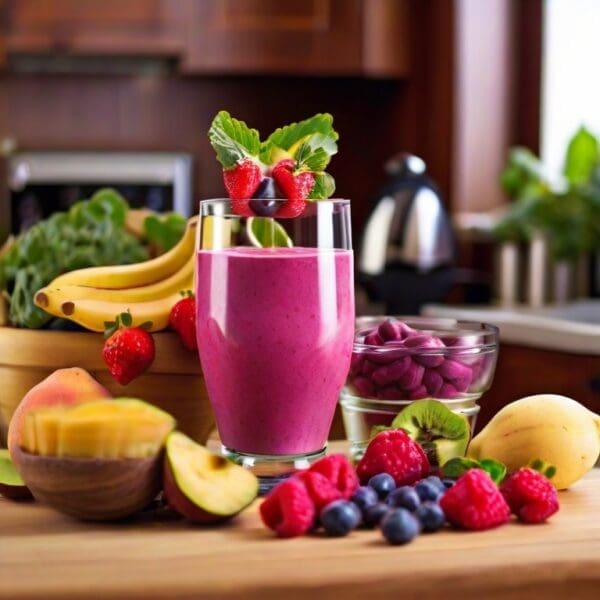
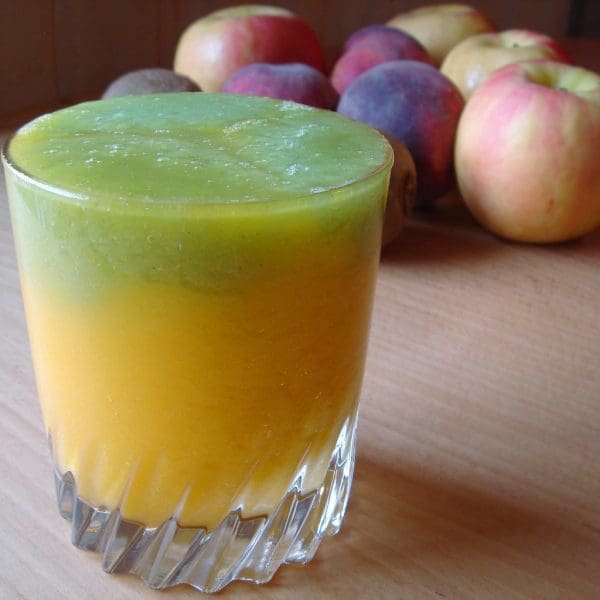
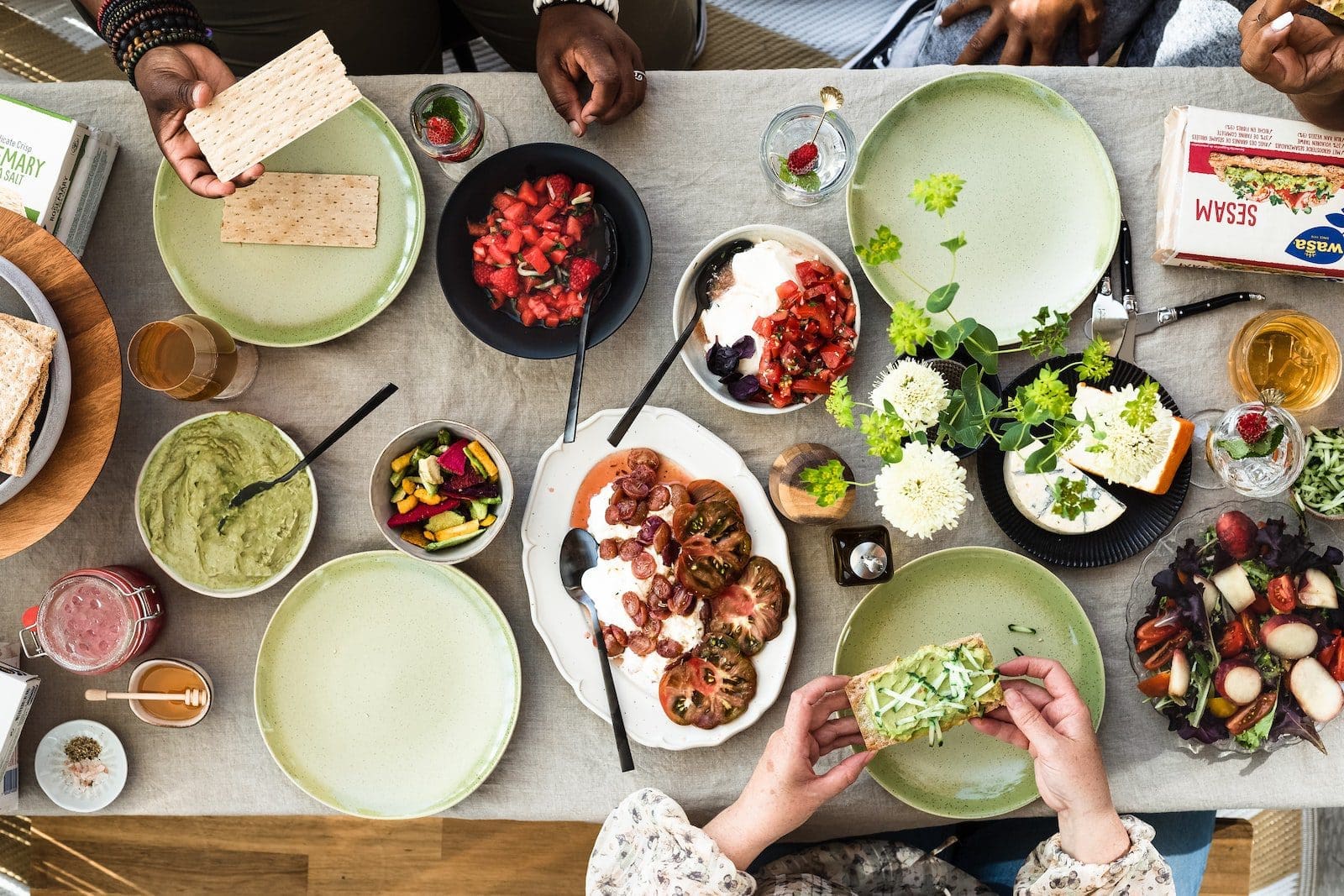


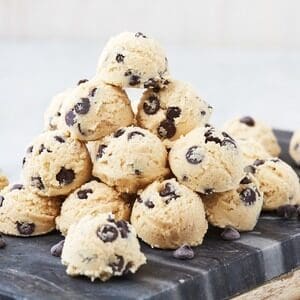
Be First to Comment